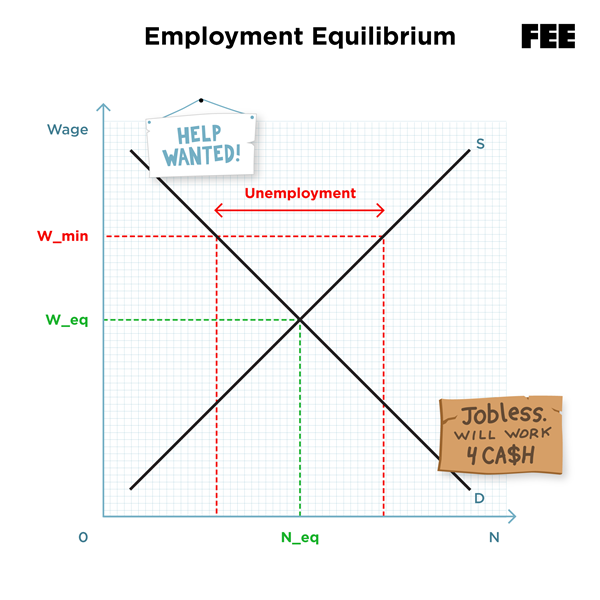Authored by Charles Gave via Gavekal Research,
When meeting some clients a few weeks ago in Amsterdam, I made my usual remark about the stupidity of running negative interest rates.
In response my host told me a sobering story.
He manages a pension fund and had recently started to build large cash positions. One day he was called by a pension regulator at the central bank and reminded of a rule that says funds should not hold too much cash because it’s risky; they should instead buy more long-dated bonds.
His retort was that most eurozone long bonds had negative yields and so he was sure to lose money.
“It doesn’t matter,” came the regulator’s reply: “A rule is a rule, and you must apply it.”
Thus, to “reduce” risk the manager had to buy assets that were 100% sure to lose the pensioners money.
A long time ago, I taught accounting and have always been fascinated by the brilliance of double entry accounting systems.
This approach got me thinking where those losses would be booked in the case of pension funds, insurance companies and banks? And what would be the long term effects?
To this end, consider the following example:
Back in May 2016, an institutional investor bought a five-year zero coupon bund at €103. Five years on, the bond will be repaid at €100, generating a loss of €3. How this loss appears will depend on the type of investor in question:
-
Pension fund. The €3 loss will reduce the market value of assets by €3. Holland also has a rule that pension funds must buy more government bonds the closer they get to being underfunded. Yet buying such negative-yielding bonds and keeping them to maturity ensures losses, making it more likely the fund will be underfunded, and so forced to buy more loss-making bonds (spot the feedback loop). Soon the fund will be distributing returns from capital, rather than returns on capital. Hence, it is not inflation that will destroy pension funds, but the mix of negative rates and rules that stop managers from deploying capital as they see fit. These protect governments, not pensioners who are forced to buy bad paper.
-
Bank. As a leveraged player, let’s assume it lends a fairly standard 12 times its capital. This capital has to be invested in “riskless” assets that are always liquid. In the old days, this would have been gold or central bank paper exchangeable into gold. Today, the government bond market plays the role of “riskless” (you have to laugh) asset, which has no reserve requirement. As a result, banks are loaded up with bonds issued by the local state. Now let us assume that a bank has just lost €3 on the zerocoupon bond mentioned above. The bank’s capital base will be reduced by €3. Based on the 12x banking multiplier, the bank will have to reduce its loans by a whopping €36 to keep its leverage ratio at 12. Hence, the effect of managing negative rates while also respecting bank capital adequacy rules means that the capital base can only shrink.
-
Insurance company. These institutions have two centers of profits. First is the core business of assuming risk on behalf of clients. Second, they manage premiums paid by the clients in a way that aims for a profit over the present value of the risks covered. A standard solution is to cover the maximum amount of risk with a government bond of similar duration to the client’s contract period, and then put the remainder into equities or real estate to help build up the firm’s capital base. This gets very difficult when government bonds offer negative yields. The insurance company could raise its premium by the amount of the expected loss from holding the bond (not very commercial), or it could just underwrite less business. Either way, it will have less money to invest in equities and real estate. Simply put, either the insurance company’s clients will pay the negative rates, or the company itself will do so by increasing its risks without raising returns. This means that either the client pays more for insurance, and so becomes less profitable, or the insurance company takes a hit to its bottom line.
The conclusion is that negative rates must eventually destroy the longterm savings industry run by pension funds, banks and insurance firms.
As Peter Bernstein showed in Against the Gods: The Remarkable Story of Risk, financial institutions can bet against the gods and win if they compute the odds intelligently. If those odds are 100% you lose, then betting is just stupid.
via ZeroHedge News https://ift.tt/2O5ds83 Tyler Durden









